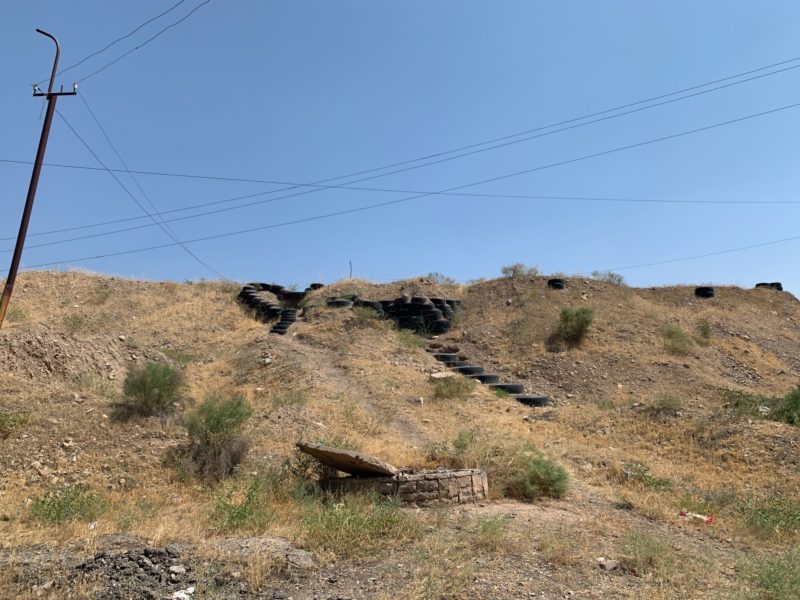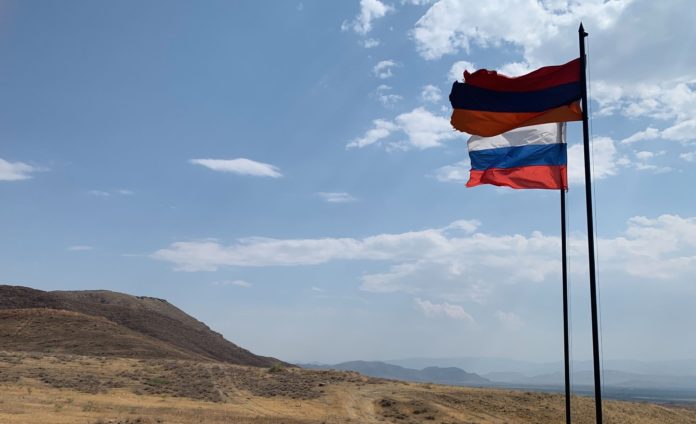YERASKH, Armenia – Sporadic armed clashes have reportedly taken place throughout the week between Armenian and Azerbaijani forces both on Armenia’s eastern border with occupied Karvajar and along the Azerbaijani-controlled exclave of Nakhichevan. According to the Armenian Ministry of Defense, one Armenian serviceman died of his wounds following a firefight near the strategic border village of Yeraskh in southwestern Armenia on July 14, while the local mayor and several Azerbaijani soldiers were also wounded.
According to the Ministry of Defense of Armenia, the situation on the Armenia-Nakhichevan border remained strained throughout the week. The exchange of fire has mostly been limited to small arms though grenade launchers were also deployed. Armenian air defense units reportedly downing an Azerbaijani unmanned aerial vehicle (UAV) on July 24 in the vicinity of Yeraskh. That same day, Azerbaijani state media announced that an Azerbaijani soldier was fatally shot by an Armenian sniper across the country in Gegharkunik, where Armenian and Azeri forces have been engaged in a tense standoff since May. The Azerbaijani military vowed retaliation. Three Armenian soldiers were slightly injured in the ensuing firefight.
The town of Yeraskh remained quiet when this reporter visited on June 22, however. Villagers there confirmed that gunfire could be heard throughout the week, but none of it had been aimed at the village itself. One worker from the Yeraskh Wine Factory, a small wine manufacturer whose facilities literally lean onto one of the Armenian defense perimeter’s dirt barriers, insisted that the company continued its work undisturbed throughout the shootout.
“None of us missed our shipping quotas throughout the firing,” he proudly announced.

Other villagers expressed confusion at local news reports from Yerevan depicting their village as having either been overrun by Azerbaijani forces, or that residents had been kidnapped. “None of this is true,” declared Hayk, a local, “these reporters are looking for sensational stories, and this is hurting our town much more than the Azeris could ever dream of.”
Despite the town’s and adjoining highway’s proximity to the Nakhichevan frontier, no extraordinary security measures seem to have been implemented. Long-haul traffic flowed unimpeded while Armenian soldiers and Russians border guards sipped tea in the village’s café. According to the military, the front line has remained unchanged throughout the incident.










